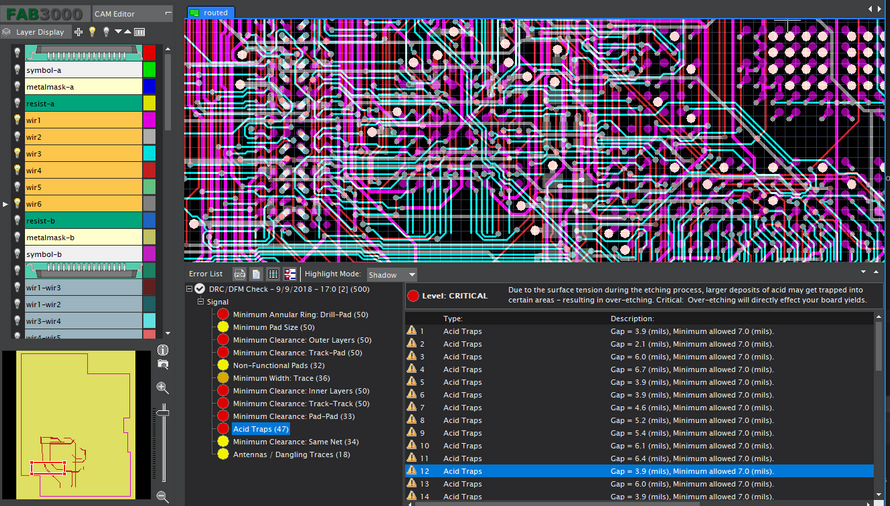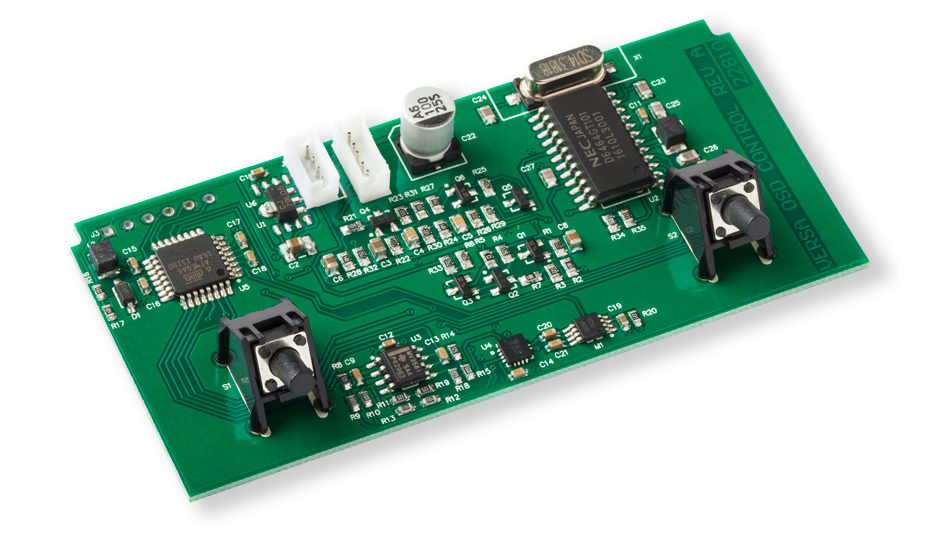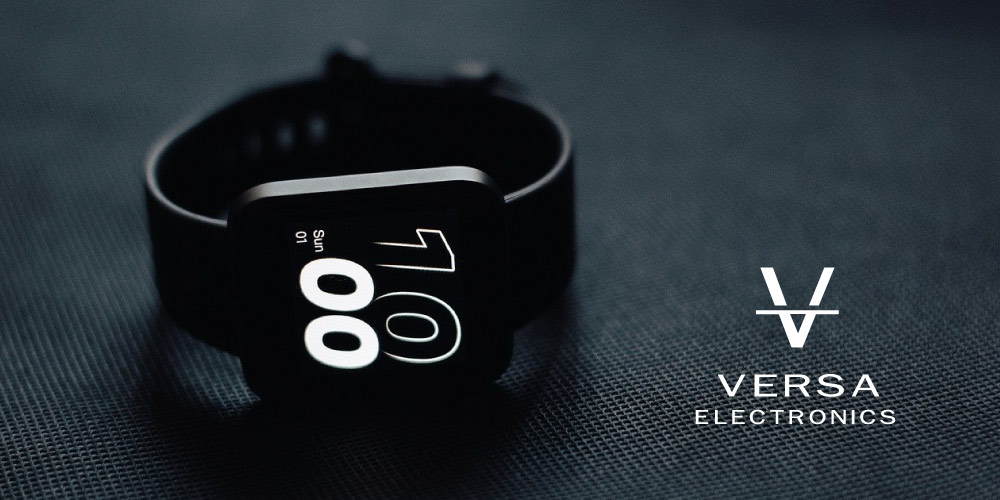What is Design for Manufacturing or DFM?
In manufacturing, there’s a big gap between having a product idea and producing something that will sell. Even the most innovative and fleshed out concept may not be feasible if your production process isn’t scalable. During the design process, you need to produce parts and components that are easy to manufacture. Your end goal should be to make a quality product at a competitive cost.
This is where design for manufacturability (DFM) comes in. This approach involves developing prototypes that align with downstream manufacturing processes. DFM is key to saving costs during manufacturing- and increasing product quality.
Definition: Design for manufacturability
By definition, design for manufacturability is the process of designing components that will be easier to manufacture. After the design stage, engineers will rely on downstream processes to replicate the product exactly as intended. This means that an error during fabrication or assembly may result in a failed (or low quality) product.
Such errors can be particularly frustrating when the product is near its final stages. Furthermore, attempting to diagnose what went wrong can be a painful and expensive process. You will first need to find out if the issue is manufacturing or design related, before starting to test individual components.
Luckily, the DFM approach solves these challenges. When the design and manufacturing teams collaborate to identify and resolve product issues, the manufacturing process will proceed smoothly- and your product is more likely to succeed in the market.

A DFM approach allows the design team to think ahead and incorporate the manufacturing process during the early stages of product development. This approach ensures that all components produced are easy and cost effective to scale.
How to implement a DFM approach
With the numerous benefits that DFM presents to your business, how can you turn this approach from just a concept into reality? It starts with proper planning. Five key components comprise design for manufacturability. These include process, design, material, environment, and testing.
1 – The manufacturing process
Let’s start with the process. You need an efficient manufacturing process that involves key stakeholders when examining a prototype. The idea is to challenge this prototype and ensure that it can hold up during downstream manufacturing processes.
For example, when choosing between through-hole components and surface mount devices on PCBs, you may have to consider the size of your board and its power consumption. Through-hole components work well for large resistors and capacitors, while a surface mount approach is suitable for integrated circuits that consume low power. You should involve the design team, engineers, contract manufacturers, and material suppliers when determining how feasible your prototype will be.

PCB with Surface Mount Devices
2 – Product Design
The next step is to ensure that your product design conforms with best manufacturing principles. In the case of PCBs, the drawing itself and the materials to be mounted on the actual board should first be examined by your manufacturing partner.
3 – Material selection
Material choices are the next factor you should consider. The materials you choose should be scalable and contain all mechanical, electrical, and thermal properties that are required in your end product.
4 – Operational conditions and testing
The last two factors-environment and testing- are also important. Your product needs to remain functional within the environment it will be subjected to (such as high temperature and pressure conditions). In addition, your product should always remain complaint with established safety and quality standards.
In the case of PCBs, test fixtures are typically built to test all the boards in a batch process simultaneously. Proper design during the initial stages also allows for easier batch testing.
With all these factors addressed, your prototype is more likely to undergo an efficient and cost-effective manufacturing process.
Why is DFM important?
If you wish to launch a new product (or improve on a previous model), design for manufacturability will be an essential process to implement. New technologies have now resulted in DFM tools that designers can use to identify errors before the manufacturing process.
These tools are capable of not only analyzing various components on your PCBs, but they can also analyze the fabrication process to detect errors that are otherwise hard to find. Design for manufacturability allows designers, engineers, and manufacturers to enjoy the following benefits:
- Save on design modification costs
- Reduce time to market
- Ensure the high performance of end products
- Enjoy large scale production at higher margins





